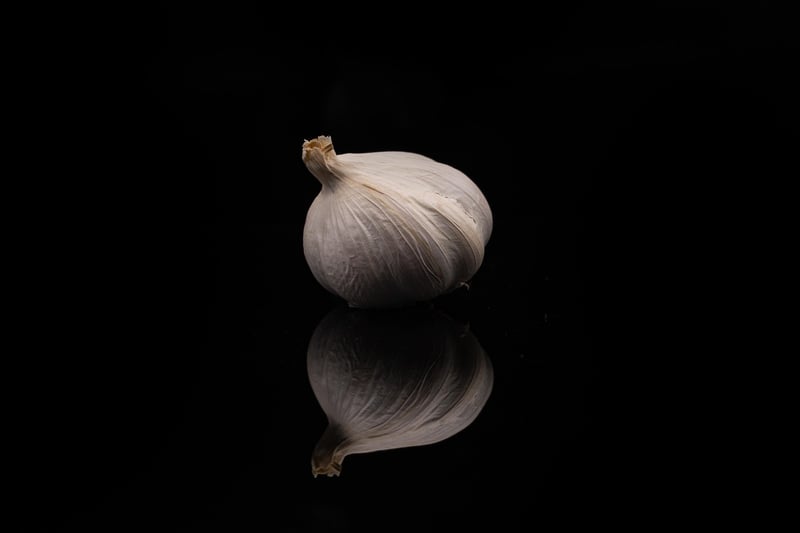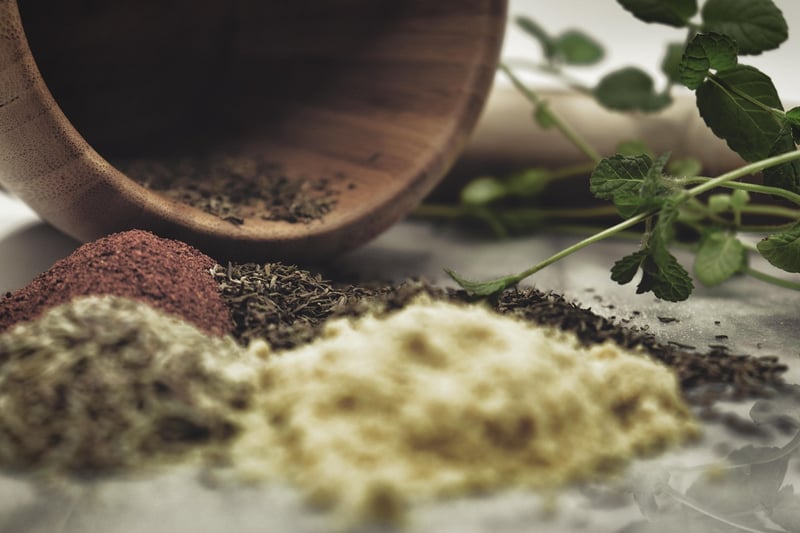Culinary Blend
The Art of Culinary Blending: Creating Harmonious Flavor Profiles
When it comes to elevating dishes to new heights, culinary blending is an essential art form that can transform ordinary recipes into extraordinary culinary experiences. By combining various ingredients with precision and creativity, chefs can create harmonious flavor profiles that tantalize the taste buds and leave a lasting impression on diners.
The Science Behind Flavor Pairing
Flavor pairing is not merely a random mixing of ingredients but a carefully calculated process that takes into account the chemical compounds present in each component. By understanding how different flavors interact with one another at a molecular level, chefs can create combinations that enhance, balance, or contrast each other, resulting in a symphony of tastes on the palate.
Key Principles of Culinary Blending
1. Balance: Balancing flavors is crucial in culinary blending. Combining sweet with savory, acidic with creamy, or spicy with mild can create a well-rounded dish that excites all taste receptors.
2. Contrast: Contrasting flavors, such as pairing tart citrus with rich and fatty ingredients, can create a dynamic taste experience that keeps diners intrigued.
3. Complement: Complementary flavors enhance each other's best qualities. For example, pairing earthy mushrooms with aromatic herbs can elevate the overall umami profile of a dish.
Experimenting with Culinary Blending
The beauty of culinary blending lies in its endless possibilities. Chefs can experiment with different herbs, spices, fruits, vegetables, and proteins to discover unique flavor combinations that surprise and delight the palate. Whether it's creating a fusion dish that marries diverse culinary traditions or developing a signature sauce that elevates a classic recipe, the art of blending allows for endless creativity in the kitchen.
Embracing Innovation in the Kitchen
As culinary trends evolve and diners become more adventurous in their palate preferences, chefs are constantly pushed to innovate and push the boundaries of traditional cooking. By embracing new ingredients, techniques, and flavor profiles, chefs can stay ahead of the curve and continue to delight customers with innovative and memorable culinary creations.
Conclusion
In the world of culinary arts, mastering the art of blending flavors is a skill that sets exceptional chefs apart. By understanding the science behind flavor pairing, embracing key principles of culinary blending, and experimenting with innovative combinations, chefs can create dishes that not only satisfy hunger but also nourish the soul with a symphony of harmonious flavors.

Are you ready to embark on a culinary journey of flavor exploration? Let your creativity soar in the kitchen as you experiment with culinary blending and create dishes that showcase your unique style and passion for food.
